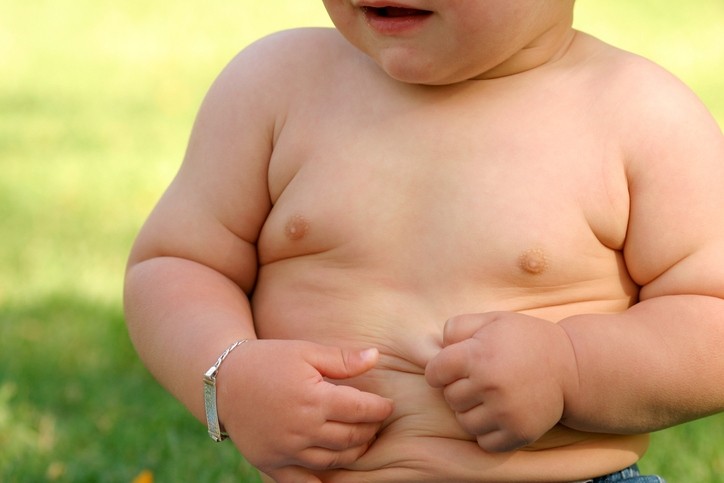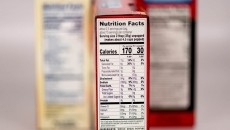FDA tackles rising childhood obesity by 'helping industry improve the underlying healthfulness of the food supply'

“Nutrition during pregnancy and early childhood is critically important in supporting the health and well-being of mothers and their children. And although everyone knows this, we don’t always have the tools needed to make this happen,” FDA acting commissioner Janet Woodcock said yesterday at the Consumer Federation of America’s 44th Annual National Food Policy Conference.
Woodcock said that one way FDA can help children establish healthy dietary patterns is by “helping industry improve the underlying healthfulness of the food supply, as well as providing people with nutrition information to help them more easily adopt healthier diets.”
She explained, “food labels are an important way to help support consumer behavior, but the FDA can also have a substantial positive impact on public health through its effect on the make up of the food supply – especially processed and packaged foods – by the addition of incentives for industry to create healthier foods.”
For example, she said, “after we required trans fats to be declared on Nutrition Facts labels in 2006, there was an almost 80% reduction in trans fat in the food supply.”
[Editor's Note: Interested in children's nutrition and where the industry is going? Join FoodNavigator-USA virtually for our Food For Kids Summit in November.]
Kickoff meeting for ‘Closer to Zero’ action plan for baby food likely slated for next month
The agency is angling for a similar effect on children’s exposure to toxic elements through the establishment of its Closer to Zero Action Plan for baby food, which was established in April to reduce exposure to toxic elements in foods commonly eaten by babies and young children.
In the coming days, Woodcock said, the agency will announce the kickoff meeting date of its Closer to Zero action plan.
At the meeting, which most likely will be in mid-November, Woodcock said, FDA will share the scope of its “multi-phase, science-based, iterative approach to achieving our goal of getting levels of toxic elements in food closer to zero.”
She acknowledged that while “Americans want to completely eliminate toxic elements from the foods eaten by our babies and young children … there are limits to how low these elements can go,” because they exist in the air, water and soil.
She also noted that FDA doesn’t want to introduce any “unintended consequences, such as limiting access to foods that have significant nutrition benefits by making them unavailable to families.”
Sodium reduction guidance on the horizon
Woodcock also said she is hopeful that FDA will soon release its final short-term industry guidance for sodium reduction, which will include voluntary sodium reduction targets for industry across a broad range of foods.
She explained that the guidance, which currently is at the Office of Management and Budget, will “help level the playing field across the food supply and support people in their efforts to reduce their sodium intake.”
She added it will take an “iterative approach” to “gradually bring people’s taste buds down and bring the sodium in our diet down to better levels.”
The guidance has been a long-time coming, and a previous attempt to cap sodium levels in packaged and prepared food generated significant pushback. However, Woodcock was adamant that change is necessary to improve the diets of children and adults.
“More than 90% of us exceed the recommended limits for sodium consumption, and this cuts across all age groups, beginning with toddlers,” which compounds the risks posed by rising obesity rates in young children, she said.
Childhood obesity increased sharply during the pandemic
Woodcock framed these initiatives as part of a larger government push to reign in rising obesity rates – especially among children, where a sharp increase has been observed since the pandemic began.
Research published in September by the Centers for Disease Control and Prevention found the percentage of obese children and teens has climbed to 22% since the onset of the pandemic, compared to 19% before the pandemic.
Woodcock called the trend “disturbing,” and suggested the current state of children’s health may be even worse because the data in the study only went through November 2020, but millions of children stayed home most, if not all, of the last school year.
“We are all worried about what the data for the rest of 2021 are actually going to show,” she said, adding the trend “only increased the urgency of our need to take action.”

















